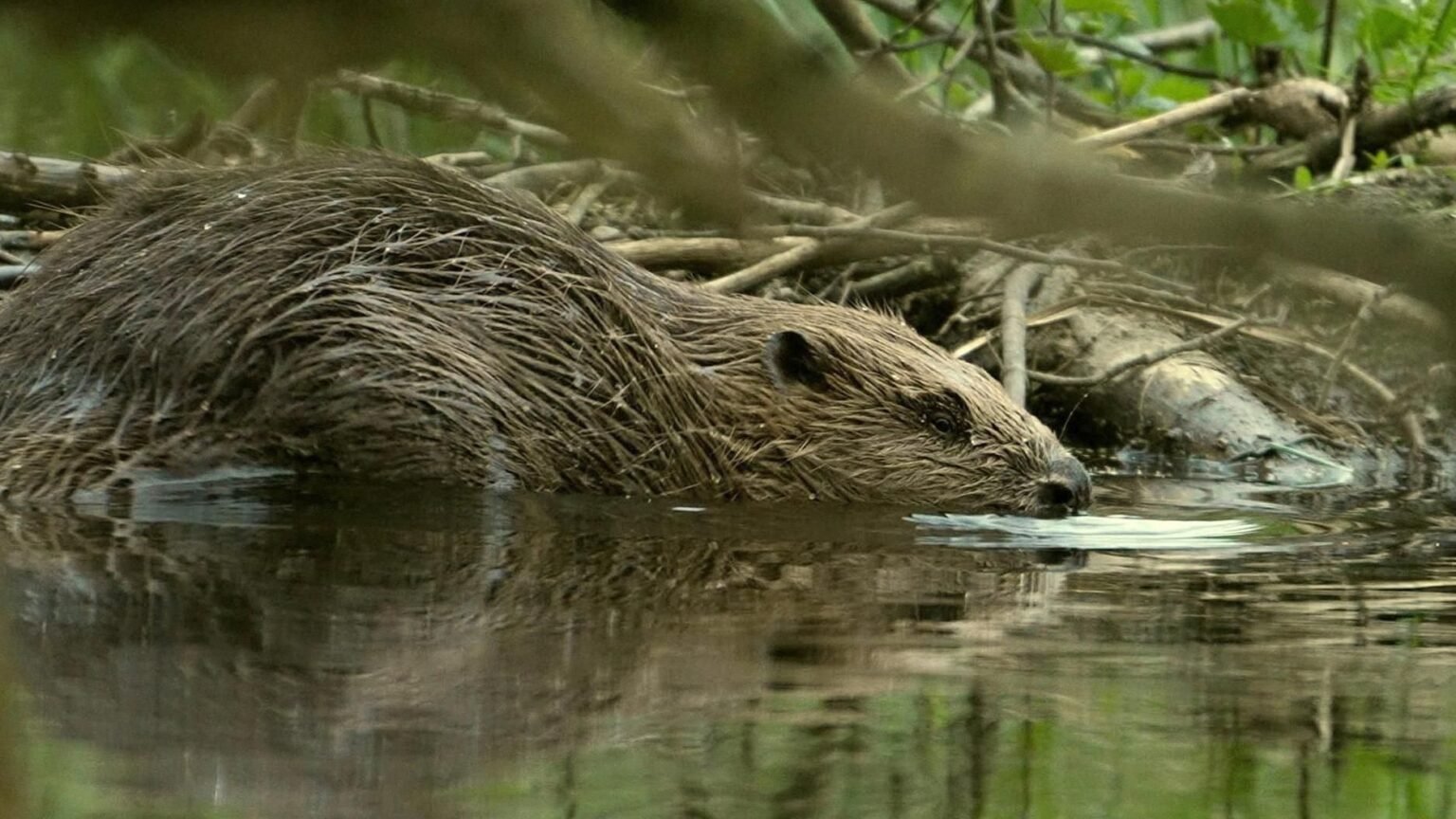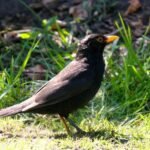Beavers Improve Water Quality as They Restore the River Glaven
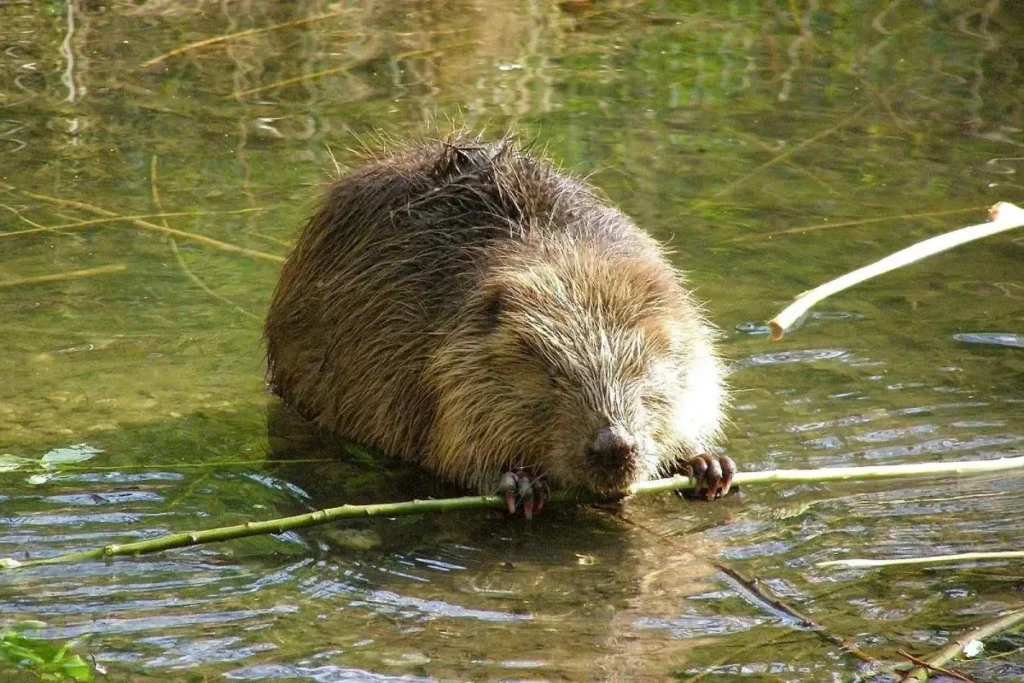
Beavers improve water quality — and two relocated beavers, affectionately named Eeyore and Winnie, are proving just that on the River Glaven in Norfolk. Moved from Scotland four years ago, they have made a transformative impact. Living in a secure enclosure near Holt, their presence has significantly enhanced the local ecosystem, according to experts from the Norfolk Rivers Trust.
How Beavers’ Natural Engineering Helps Improve Water Quality
Beavers are known for their dam-building skills, which significantly affect ecosystems. Their dams slow water flow, trap sediment, and absorb excess nutrients. This natural filtration not only enhances water purity but also helps maintain cooler stream temperatures, essential for aquatic life. Ecologist Ursula Juta of the Norfolk Rivers Trust noted, “Dam by dam, the water quality has improved. They reduce agricultural pollutants and sediment loads from fields and roads.”
From Trickle to Thriving Stream: How Beavers Improve Water Quality
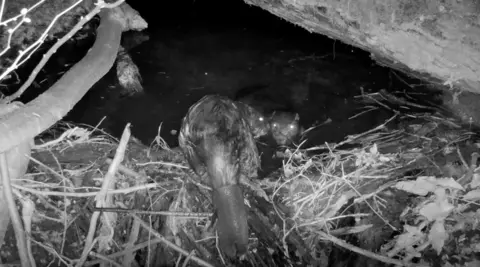
Before the arrival of the beavers, the stretch of river they now inhabit was a small, degraded trickle in urgent need of restoration. Since their relocation, the area has seen notable ecological recovery. Beavers improve water quality by slowing water flow, trapping sediment, and filtering pollutants — all of which have been observed along this stretch of the River Glaven. The beavers have even expanded their family, with five kits now observed in the area, further contributing to the ecosystem’s vitality.
A Prehistoric Landscape Reborn
The changes brought by the beavers have not gone unnoticed. Their construction projects have led to tree felling and some areas of flooding, creating a landscape that some describe as “almost prehistoric.” While this may be startling to some, experts argue this transformation is indicative of a healthy, functioning wetland environment.
Official Support and Ongoing Debate
The UK government approved the reintroduction of beavers into the wild under licence in early 2025. In March, the first wild beavers were released in Dorset, marking a milestone for conservation. The success seen in Norfolk with Eeyore and Winnie could make them candidates for future wild release, pending further assessments and stakeholder agreements.
Farmers and the Future of Beaver Management
Despite the ecological benefits, concerns remain. The National Farmers’ Union (NFU) has expressed reservations about further releases, urging the development of a comprehensive beaver management plan. “There must be a long-term vision,” an NFU spokesman stated, “and this should include all management tools, even lethal control if necessary.”
A Model for Future Reintroductions?
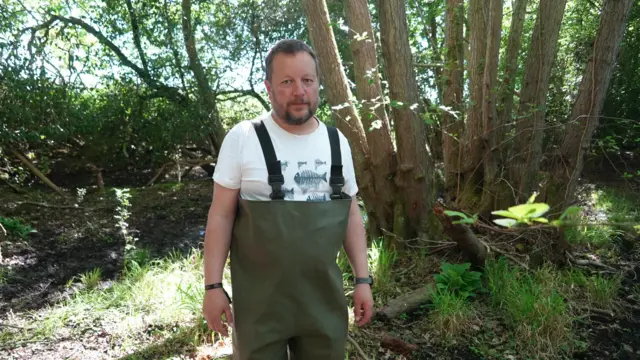
Dr Jonah Tosney, Technical Director at Norfolk Rivers Trust, emphasized the importance of location and collaboration. “There are places where beavers are welcome and others where they may cause issues. We’re working with landowners to understand their concerns, and we recognize that beaver reintroductions must be carefully managed.”
Restoring Nature One Dam at a Time
Eeyore and Winnie’s story is a compelling example of how nature, when given a chance, can heal itself. Through their industrious efforts, these relocated beavers have turned a struggling river into a thriving habitat, showcasing the potential of ecological restoration through rewilding.
